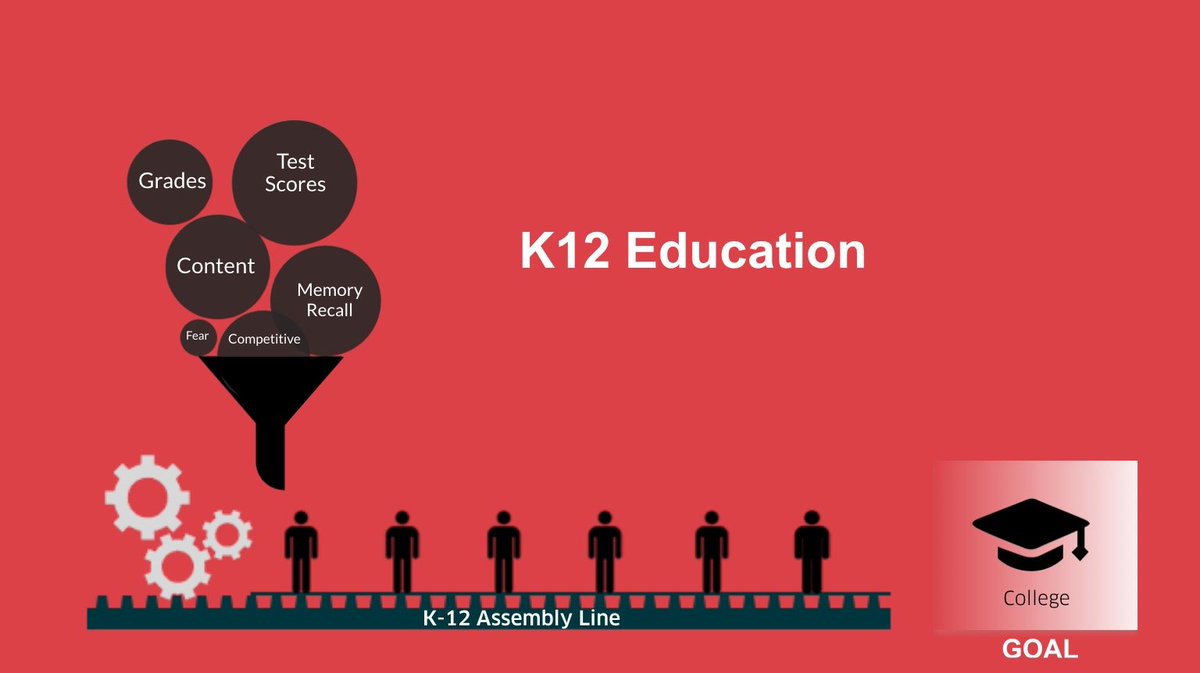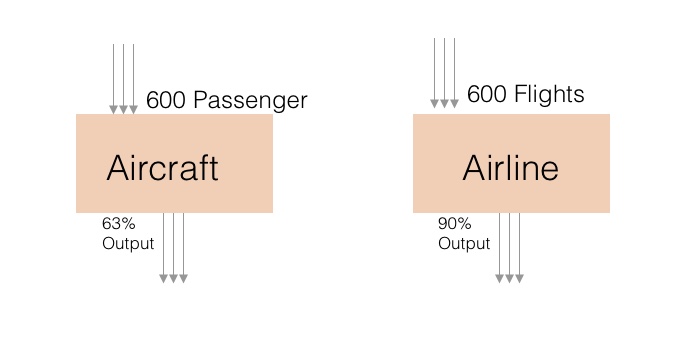An alternate tech-driven approach for schools to measure success without using test-scores.
If we fail to measure the right things, we will land up growing and making the wrong thing better.
If you hear someone say out loud “School Success” – what comes to your mind? Maybe a picture of a hustling and bustling school corridor where a bunch of students are walking around in neatly tucked school uniform? Or a school lobby where an authoritative adult is waking with pride peaking into the classrooms, who looks to have figured it all out? For the last 100+ years, our idea of school success has been, very narrowly, based on academic outcomes. The institution that is supposed to “educate” the future generation measures their success based on a small set of factors primarily focused on verifying skills required to do well in standardized tests. And we rinse and repeat this whole process for 12 most important years of the life of the young ones. – thanks to the century-old conveyor-belt inspired model of producing job candidates (pic 1).
 Pic. 1.
Pic. 1.We also tend to measure school and student success in relative terms. One school is always better than the other; one student has higher performance than others etc. The measurement is designed to rank and file – so that someone who is looking at the results can easily distinguish “good” from the “bad.” Applying this process further to school success, a school that has more percentage of total students achieving high points on standardized tests (Math & ELA ) is considered to be more successful. (Pic 2)
 Pic. 2.
Pic. 2.In the above picture, it is pretty clear from traditional measurement that School B is more successful if you look at it the conventional way, but a closer look reveals a few additional questions – 1) First, what did the success output included? Most probably it was in terms of academic ability, which is defined as proficiency in Math & ELA. 2) Second – why was it OK to settle for less than 100% results? What about the remaining 37% and 10%? Where did the tolerance anything less than 100% came and when did it become a norm? Without realizing we started the process of dividing our kids into good and bad. If we apply the above process to the Airline industry, here is what we get. (Pic 3)

Pic. 3.
Simple math shows that we will lose 60 aircraft in the best case scenario! You wouldn’t accept that, would you?
How we got here?.
The answer to the situation lies in what we measure. For aviation, the failure rate of aircraft was very high at the inception, but then we became good at measuring and improving what was meaningful, and that became better with onboard sensors as technology advanced. Today air travel is one of the safest ways to travel. While I agree that this there is hardly a one-to-one comparison between the airline industry and education, it remains true that if we fail to measure right things, we will land up growing and making wrong thing better. That is what has happened to education.
Right measurement is everything.
What you measure gets managed and becomes better. In primary schools almost worldwide, our measurement criteria continue to remain driven by the narrow notion of academic ability. As per Sir. Ken Robinson, If we create such a narrow idea of ability, the idea of disability also gets magnified. While the effort of our schools to prepare the students for getting into a good college or to get a high paying job is in itself not a problem, it becomes one when it lends itself as a ceiling of education.
The new mission.
The final goal of education as a means to get to college or landing a job wasn’t acceptable to us. So we came up with a revised version, and that became our mission at Schoolze. Here is what we came up as a goal of K15 education –
In last three years of operating Schoolze and learning about school success, we have come up with seven factors, that, if measured and enhanced, schools will start showing an upward trajectory in any foreseeable metrics. Individually all these parameters are proven to improve the student experience and increase achievement, but together they are magical. Here are these seven factors.
- Engagement
- Fun-factor
- Empathy
- Mindfulness
- Growth-mindset
- Focus
- Compartmentalization
At Schoolze, we are on a mission to create technology tools to measure and enhance success outcomes for schools and students. This website is my attempt to bring awareness that what was not possible 100 years ago in education, is now possible and as AGI and Artificial Empathy technology becoming mainstream, future is bright. Through the course of 2019, I will use this website to write in detail about each of these factors and also reveal how we measure it. If you have any questions or comments about our work, please reach out at avneesh@schoolze.com. Stay tuned!